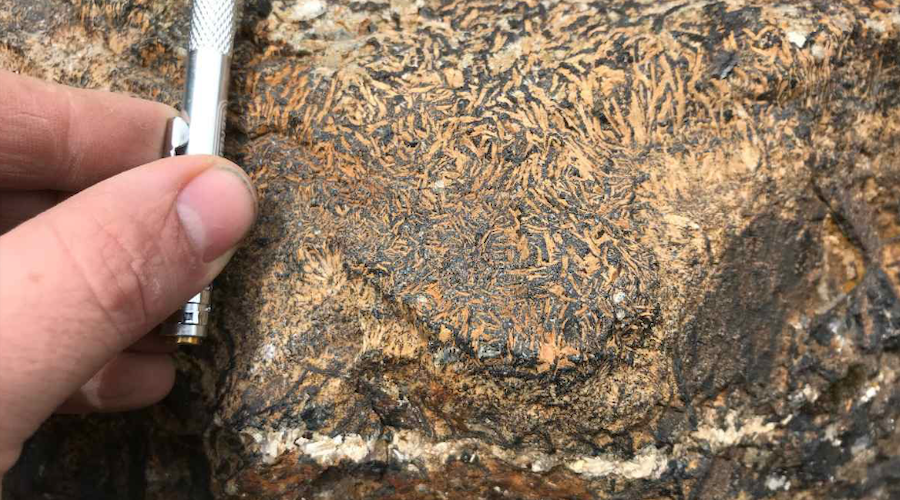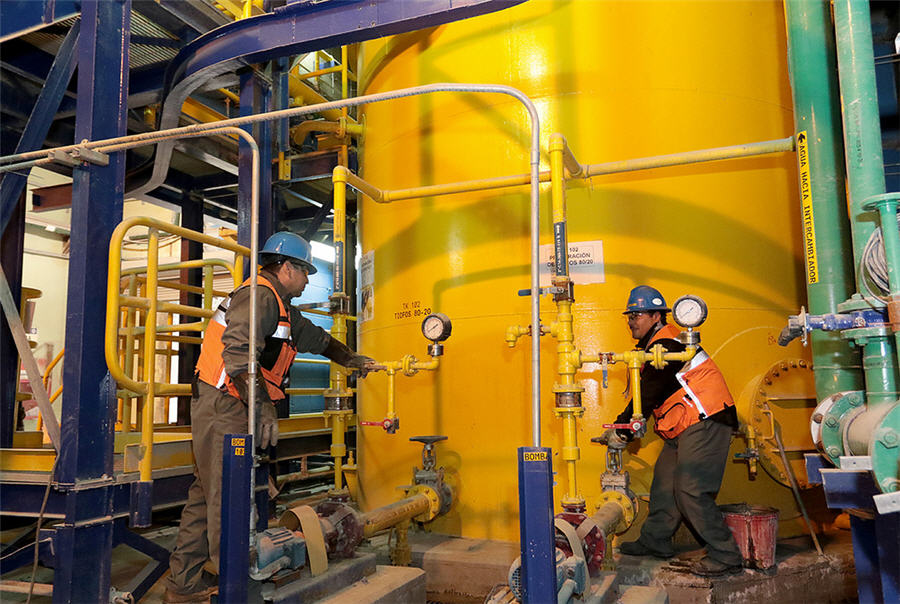Scientists give new clues to find iron ore deposits

Researchers at the University of Alberta have uncovered the formation mechanism behind iron oxide-apatite deposits, a revelation that gives geologists new clues as to where to hunt for ore.
In a paper published in the journal Nature Geoscience, the scientists explain that these deposits are formed from a very unusual magma-like liquid dominated by calcium carbonate and sulphate.
Iron oxide-apatite deposits are formed from a magma-like liquid dominated by calcium carbonate and sulphate
“The origins and chemical properties of ore-forming fluids are key parameters that determine whether a mineral deposit will form. In this case, our results show that the fluids that form iron oxide-apatite deposits are sourced by a very particular process: melting of limestones and/or salt deposits by injection of magma,” said Matthew Steele-MacInnis, senior author of the study and assistant professor in UofA’s Department of Earth and Atmospheric Science.
According to Steele-MacInnis, these results can be directly applied in exploration. All geologists looking for iron oxide-apatite deposits would have to do is target areas where magmatic rocks have been emplaced into sedimentary basins containing limestones or salt deposits.
“Iron oxide-apatite deposits have been mined for some years as sources of iron, which is probably the single most important metal for industrial applications and infrastructure,” Steele-MacInnis said. “But in recent years, these deposits have become even more attractive because they commonly are enriched in key high-tech metals like rare earth elements, which are critical to green-energy production and electronics.”
{{ commodity.name }}
{{ post.title }}
{{ post.date }}

Comments
Ezzat Khedr
For my coleagus whom found iron and apatite to refere to my paper pin politic iron ore of Aswan at Egypt and my recent book entitled Diagenesis and it’s rules in mineralization of iron and manganese deposits published in September 2020 by LAMBERT academic publishing. Records on co-existance of apatite and iron minerals in sediments is not a new discover. But it’s frequent occurrence in BIF of Paleozoic age give me a chance to cretisice your paper. Best Wishes
Dr Ezzat Khedr
Professor of Geology
Aswan University
Egypt